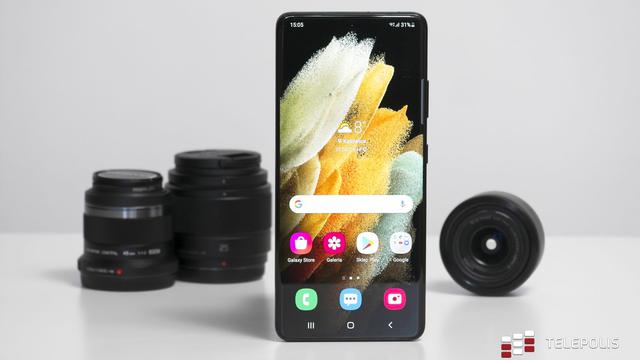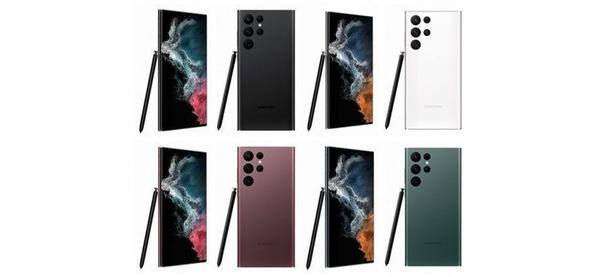We advise how to deal with the lack of memory in Android. Along with the development of technology, smartphones gained more and more disk space. The initial few hundred megabytes have been replaced by tens or even hundreds of gigabytes. However, the increase in media capacity has not meant that we always have enough space. However, the issue still remains problematic. What to do when the space on the device is constantly running out? In 2020, not all devices are equipped with 128 GB of NAND Flash memory. For mainly economic reasons, you can still find devices with 8 GB of disk space. A perfect example here is the Xiaomi Mi Box S adapter. This device, presented at the end of 2018, does not impress with its technical specification - however, it is one of the best devices in its price range. 8 GB, and basically about 5 GB (that's how much we get to use for data), is enough to install just a few applications. Unfortunately, it's the same with phones. Xiaomi Mi Box S / photo. Instalki.pl A logical idea is to buy a high-capacity microSD card to store all your data there. Unfortunately, this is not always possible, as some devices do not allow you to expand the already available disk space. In this case, you need to tinker a bit to minimize the frustration associated with constant messages about the lack of space.
Are you sure you need an application for everything?
To correctly solve the problem of running out of space, you must correctly identify it. In some cases, giant apps or games take up space. The former take up more and more disk space, because Google has stopped limiting developers so restrictively as to the size of APK files. So let's go through the installed applications and see if we absolutely need the Akinator app and seven different web browsers. Unfortunately, often the essence of the problem is the unreasonable use of the device by the person himself. It is true that applications take up more and more space. This is because developers put a lot of extra stuff in the APK file itself. An application such as Facebook works quite well in the browser version. It is worth checking whether the manufacturer does not accidentally offer a Lite version of his product. Such a solution is offered by Facebook and Twitter. If there is no such website, it is worth considering adding a bookmark in the browser to the most frequently visited websites that have their application in the Play store. If you use several similar applications, it is worth taking an interest in aggregators such as Disa. Using one application will allow you to get rid of several unnecessary programs. A similar solution can also be used on computers where applications such as Franz can be used. Multimedia services tend to be more problematic. Streaming platforms that are very popular often find their place in our devices. However, each application takes from several dozen to several hundred megabytes. A good solution is Kodi, which can successfully support the following platforms: Netflix, HBO Go, Amazon Prime Video and many more. This “harvester” only requires a few lightweight plugins to be installed. In my opinion, Kodi works better as an Amazon Prime Video and HBO Go player than the official apps of the services - especially on Android TV.Clean the system of unnecessary updates
Older versions of system applications that are stored in the device's memory also take up a lot of space - eg YouTube, which are updated relatively often. In the case of such applications, it is worth restoring them to the system version once in a while - all unnecessary copies of updates will be deleted. This can be done from the Play Store and pressing the "Uninstall" button. After all, you can run the update installation in the Play Store. This way you can free up several hundred megabytes. Applications in the Google Play store It is also worth taking care to remove unnecessary files from the Downloads directory, and remnants downloaded by other applications. Unnecessary files can eat up a significant portion of your available resources over time. Most manufacturers offer their own file manipulation program. An example is Huawei, which has added its own file manager. The built-in program is not the only solution. The Play Store offers several free and paid apps. Personally, I can recommend Solid Explorer, whose author is a Pole, Krzysztof Głodowski.Switch to streaming
Another issue is multimedia files. In the era of services like Spotify, you need to consider whether you really need to have mp3 files on your device. If a given artist is not in the Spotify library, you can always use one of the players that can stream music directly from the cloud - an example of such an application is, for example, CloudPlayer. Photo and video files also take up a lot of space. Unless you're afraid to use Google services, it's worth uploading our photographic creations through the Google Photos app. The American company gives us unlimited space to store photos and videos. You can download them anytime if you need a local copy. Opponents of Google's ubiquity can use a solution like a NAS or a local FTP server where you can store files and download them when needed. To free up some space, just select the "Free up space" function from the system menu in the Photos application. Google Photos App As you can see, keeping your phone (or other Android device) in good shape is not difficult. These few tips I mentioned should at least slightly improve the situation. Probably each of you knows other solutions. How are you, dear readers, dealing with shrinking disk space? Share your methods in the comments. photo. Canva ProDon't miss out on similar news → Follow us on Google News. Share: RELATED TOPICS Windows 11's first major feature update could debut this summerAndroid promotion! A pack of games and applications to download absolutely for free


